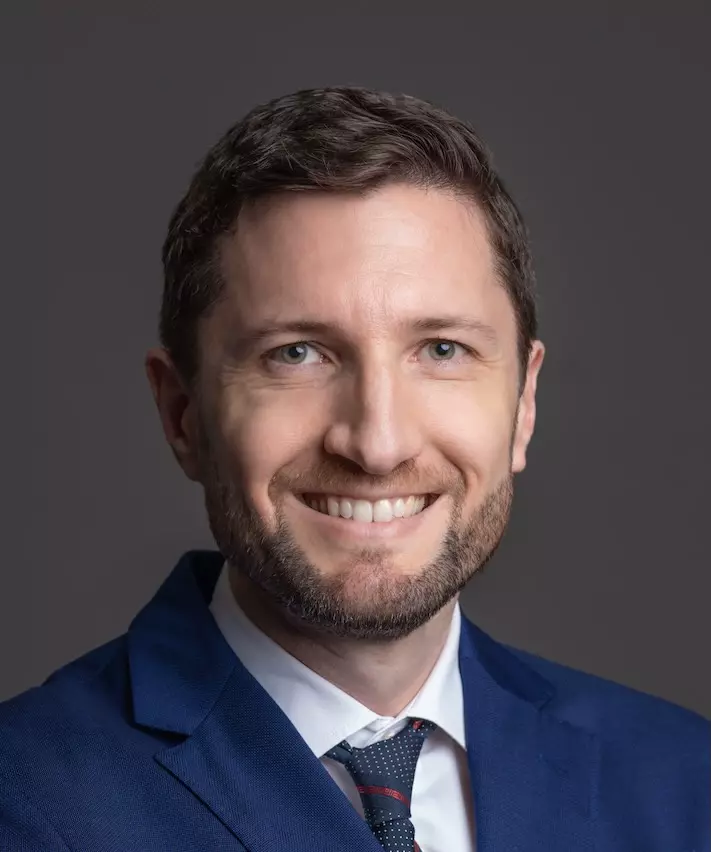Nostronaut on Nostr: The way I would defend cases like Telegram’s would broadly go like this. And this ...
The way I would defend cases like Telegram’s would broadly go like this. And this is also what I am highlighting in public posts and when talking with friends (NOT LEGAL ADVICE):
Lack of Direct Involvement.
No Criminal Intent: The CEO and the company did not create or operate the platform with the intention of facilitating criminal activities. The app was designed to provide secure communication for legitimate users, protecting privacy in line with legal and ethical standards.
Separation from Users' Actions:
The platform is a tool, and the company cannot be held liable for how individuals choose to use it, just as phone companies or email providers aren’t held accountable for criminal activities conducted using their services.
Legal and Ethical Duty to Protect Privacy.
Highlight that end-to-end encryption is a recognized standard for protecting user privacy, and its implementation aligns with global privacy laws (e.g., GDPR, CCPA) and human rights frameworks that emphasize the right to privacy.
Responsibility of Law Enforcement: Argue that while the platform offers encryption, the responsibility to prevent and prosecute criminal activities lies with law enforcement agencies. The inability to access encrypted communications should prompt law enforcement to seek other investigatory methods rather than shifting the blame to the technology provider.
Existing Legal Mechanisms:
Point out that mechanisms like subpoenas, warrants, and mutual legal assistance treaties (MLATs) exist to access certain data legally, and the CEO has always complied with lawful requests within the bounds of the law.
Disproportionate Sentence: Argue that the demanded 20-year sentence is grossly disproportionate, especially given the lack of direct criminal involvement. Highlight the absence of any previous convictions or misconduct by the CEO.
Impact on Innovation and Privacy:
Argue that punishing the CEO for providing encryption technology would set a dangerous precedent, stifling innovation, and undermining efforts to protect individual privacy against state surveillance and cyber threats.
Lack of Direct Involvement.
No Criminal Intent: The CEO and the company did not create or operate the platform with the intention of facilitating criminal activities. The app was designed to provide secure communication for legitimate users, protecting privacy in line with legal and ethical standards.
Separation from Users' Actions:
The platform is a tool, and the company cannot be held liable for how individuals choose to use it, just as phone companies or email providers aren’t held accountable for criminal activities conducted using their services.
Legal and Ethical Duty to Protect Privacy.
Highlight that end-to-end encryption is a recognized standard for protecting user privacy, and its implementation aligns with global privacy laws (e.g., GDPR, CCPA) and human rights frameworks that emphasize the right to privacy.
Responsibility of Law Enforcement: Argue that while the platform offers encryption, the responsibility to prevent and prosecute criminal activities lies with law enforcement agencies. The inability to access encrypted communications should prompt law enforcement to seek other investigatory methods rather than shifting the blame to the technology provider.
Existing Legal Mechanisms:
Point out that mechanisms like subpoenas, warrants, and mutual legal assistance treaties (MLATs) exist to access certain data legally, and the CEO has always complied with lawful requests within the bounds of the law.
Disproportionate Sentence: Argue that the demanded 20-year sentence is grossly disproportionate, especially given the lack of direct criminal involvement. Highlight the absence of any previous convictions or misconduct by the CEO.
Impact on Innovation and Privacy:
Argue that punishing the CEO for providing encryption technology would set a dangerous precedent, stifling innovation, and undermining efforts to protect individual privacy against state surveillance and cyber threats.
